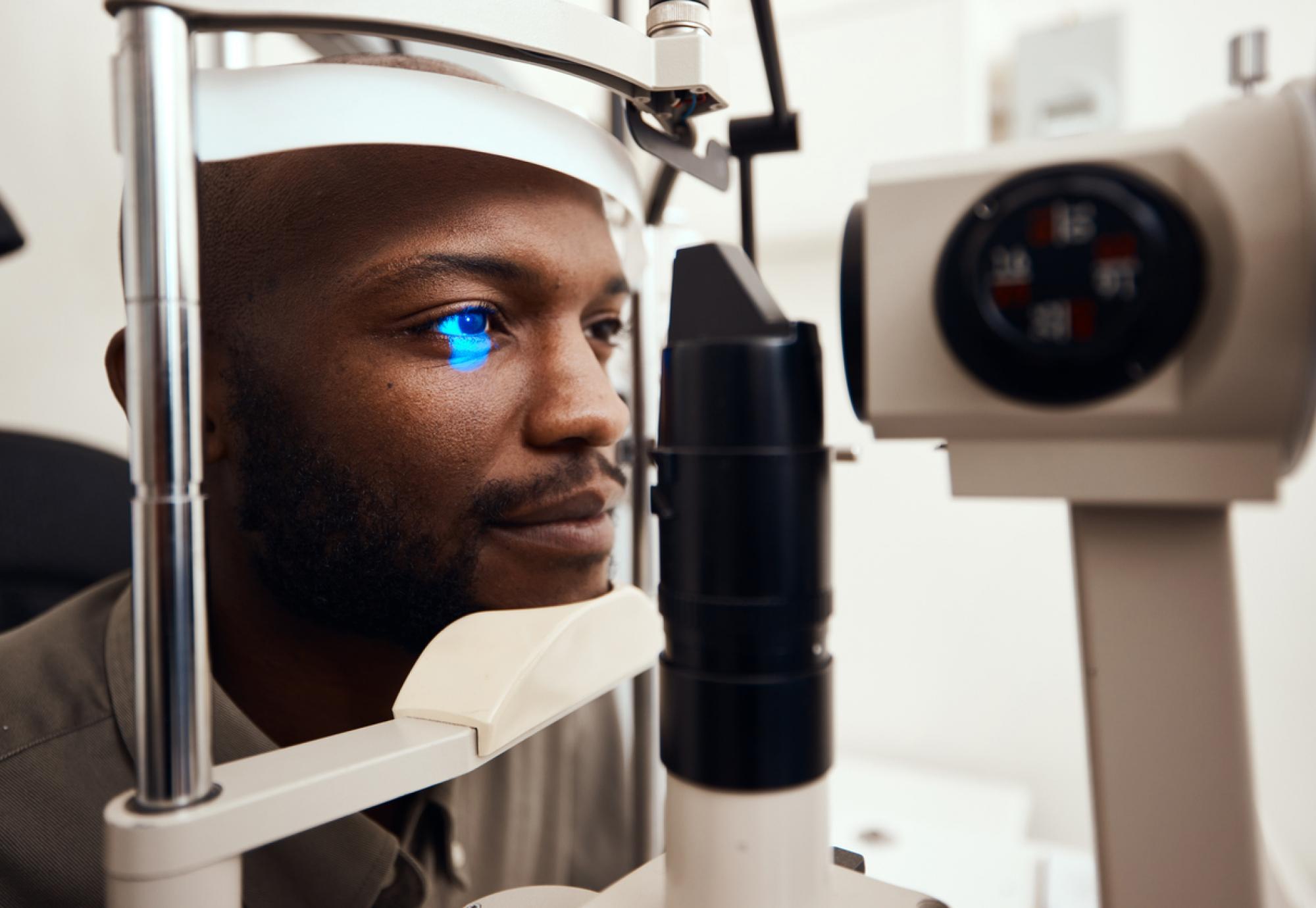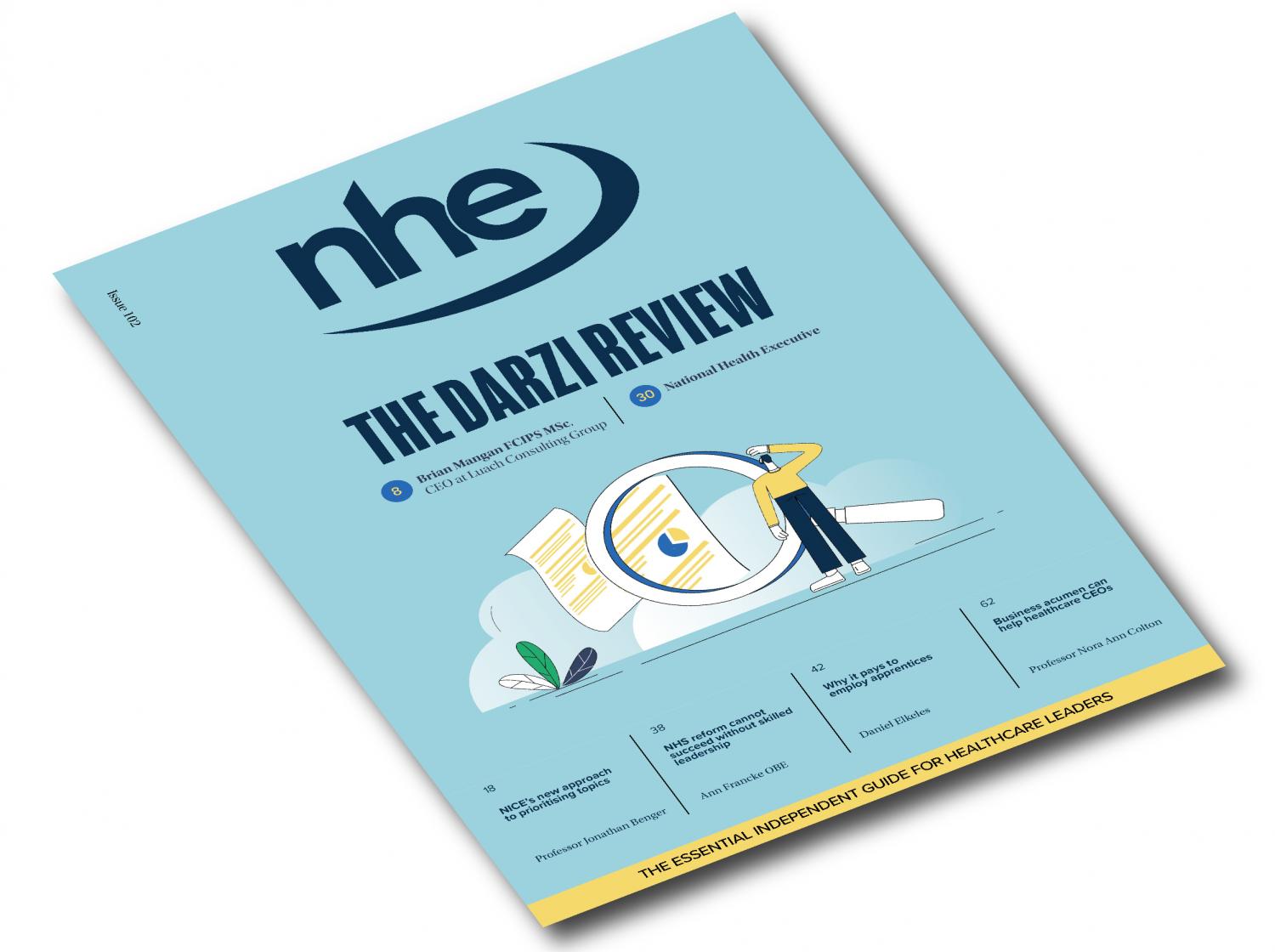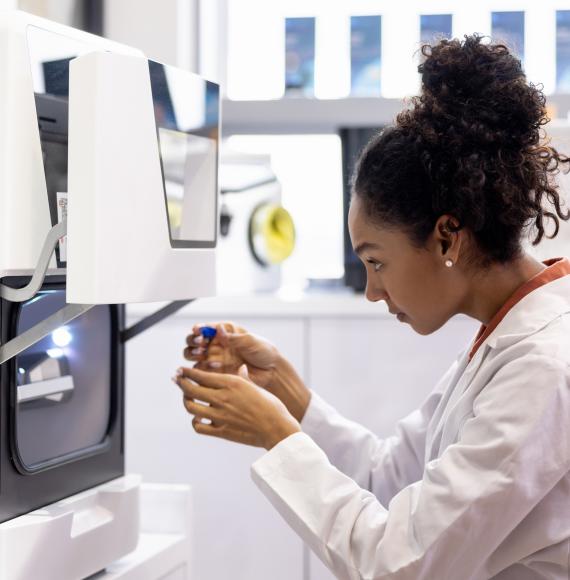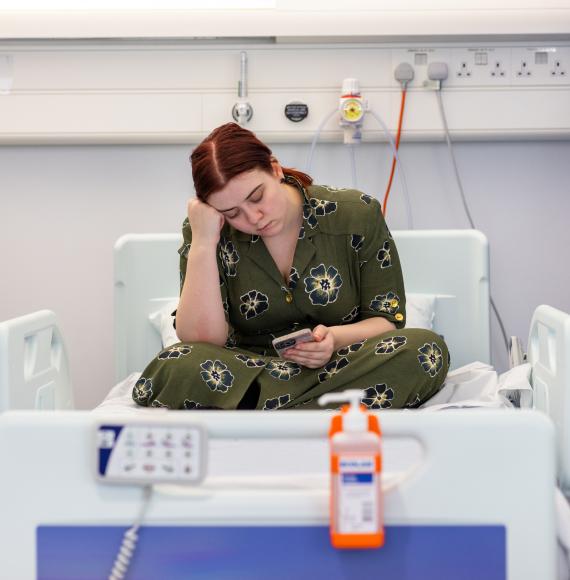Patients are set to benefit from improved eye care services as the NHS announces a host of new clinical guidance changes.
As part of the plans, patients will get more streamlined access to advanced diagnostic imaging before they see a consultant; something the NHS is hoping will alleviate pressure on both patients and ophthalmology services. Fewer unnecessary referrals will also lead to taxpayer savings.
Figures show that around two in five of new glaucoma cases and half of all the suspected diabetic maculopathy cases being referred are false positives.
The new guidance has moved to address this by implementing two-factor authentications with extra testing conducted at secondary appointments to ensure diagnoses are accurate.
This is against the backdrop of ophthalmology being the busiest outpatient speciality in all of secondary care, accounting for nearly 10% of the entire waiting list.
Other recommendations outlined include:
- Broadening the provision of MRI scanners when diagnosing prostate cancer;
- Reducing the use of angioplasty for stable angina;
- Improvements to the way transient ischemic attacks – otherwise known as mini-strokes – are treated;
- The circumstances around how breast implants are removed.
NHS England’s medical director, Professor Sir Stephen Powis, said he anticipates these changes will avoid “thousands” of unnecessary referrals.
“Improving access to the latest digital imaging technology will improve the speed and quality of eye care treatment for patients,” health minister, Neil O’Brien, added.
The changes are a part of the Evidence Based Intervention programme the NHS has with the Academy of Medical Royal Colleges that begun in 2019. This is the third list of its kind in the initiative, with the previous two estimated to save the health service approximately £250m a year by cutting out unnecessary appointments.



















